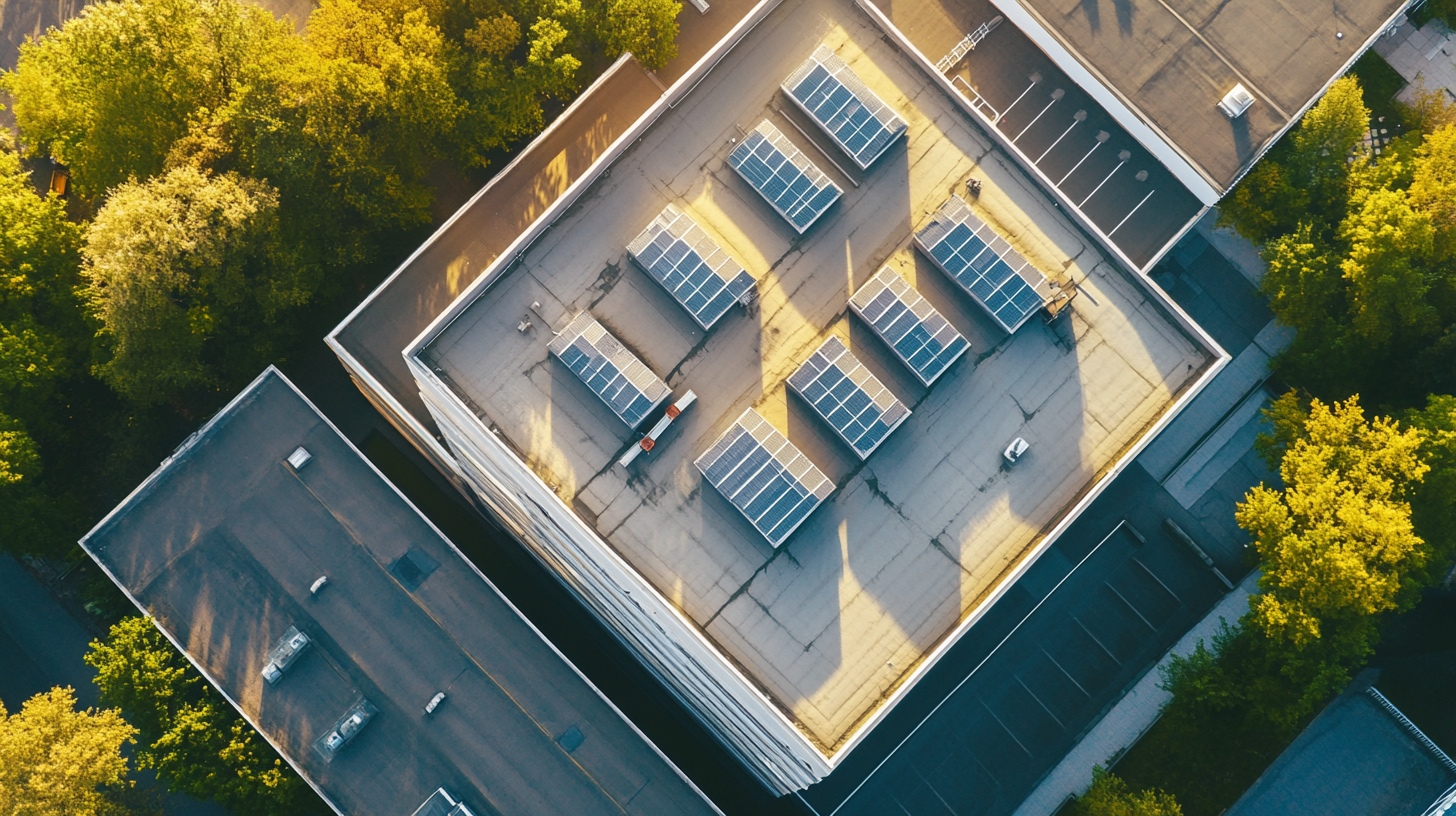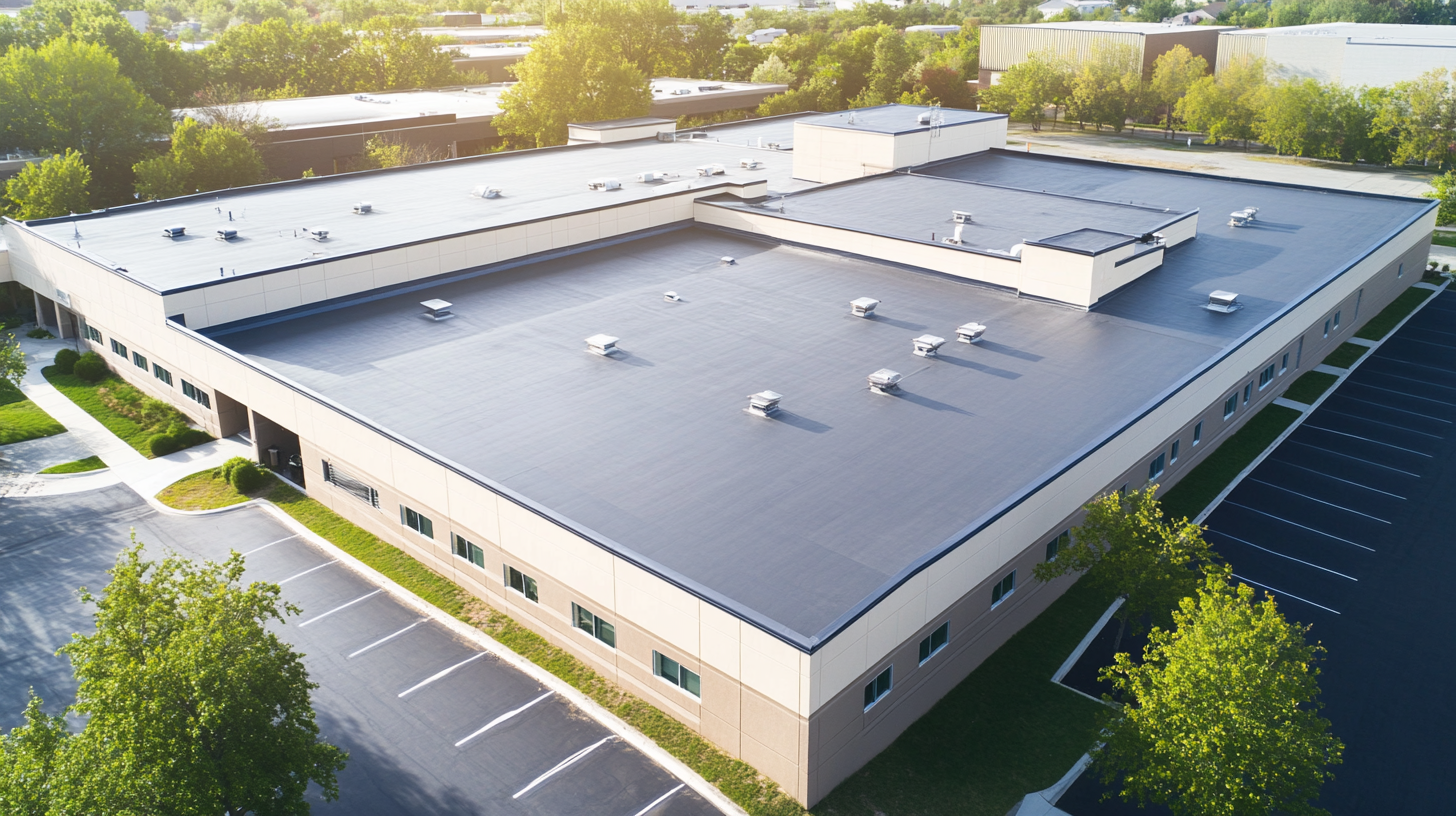Maintaining a commercial roof is crucial for the longevity of the building and the safety of its occupants. Regular inspections and timely repairs can prevent costly damage and extend the life of the roof. This article provides a comprehensive commercial roof maintenance checklist that will help you identify signs your roof needs immediate attention.
Why Regular Roof Maintenance is Important
Regular roof maintenance is essential for several reasons. First, it helps prevent minor issues from becoming major problems. By addressing small leaks or damage early, you can avoid costly repairs down the road. Second, regular maintenance extends the life of the roof, which can save money in the long term. Lastly, a well-maintained roof improves the overall safety of the building, protecting both the structure and the people inside.
Common Risks of Neglecting Roof Maintenance
Neglecting roof maintenance can lead to severe consequences. Water damage is one of the most common issues, which can compromise the structural integrity of the building. Mold and mildew can also develop, posing health risks to occupants. Additionally, neglected roofs can lead to higher energy costs due to poor insulation and increased demand on heating and cooling systems.

The Commercial Roof Maintenance Checklist
A thorough roof inspection should be conducted at least twice a year, ideally in the spring and fall. Here is a detailed checklist to guide you through the process:
Visual Inspection
- Check for visible damage: Look for cracks, blisters, or punctures in the roofing material. These can be signs of wear and tear that need immediate attention.
- Inspect for water pooling: Flat roofs are particularly prone to water pooling. Check for standing water, which can lead to leaks and further damage.
- Examine the roof edges: Ensure the edges of the roof are intact and free from damage. Damaged edges can allow water to seep under the roofing material.
Structural Elements
- Inspect the flashing: Flashing is used to seal joints and prevent water penetration. Check for rust, cracks, or loose sections that need repair.
- Evaluate the gutters and downspouts: Ensure gutters and downspouts are free from debris and are securely attached. Blocked or detached gutters can cause water overflow and damage.
- Check the roof deck: Look for sagging or other signs of structural weakness in the roof deck, which could indicate water damage or other issues.
Roofing Materials
- Examine the shingles or panels: Look for missing, damaged, or curled shingles. For metal roofs, check for rust or loose panels.
- Inspect the sealant: Check the sealant around roof penetrations, such as vents and chimneys, for cracks or deterioration.
- Review the membrane: For membrane roofs, inspect for punctures, tears, or seams coming apart.
Additional Considerations
- Assess the insulation: Poor insulation can lead to heat loss and increased energy costs. Ensure the insulation is dry and intact.
- Check for signs of pests: Look for evidence of birds, rodents, or insects, which can cause damage to the roof and insulation.
- Evaluate the interior: Look for water stains or mold on ceilings and walls, which can indicate a roof leak.

Commercial Roof Maintenance Tips
Regular maintenance not only involves inspections but also requires taking proactive steps to protect your roof. Here are some tips to keep your commercial roof in top shape:
Schedule Regular Inspections
Set a schedule for regular roof inspections. Engaging a professional roofing contractor can ensure that all potential issues are identified and addressed promptly.
Keep the Roof Clean
Remove debris, such as leaves and branches, from the roof and clean gutters regularly. This prevents water buildup and reduces the risk of damage.
Trim Overhanging Branches
Trees near the building can pose a risk to the roof. Trim any overhanging branches to prevent them from falling and causing damage during storms.
Monitor Roof Traffic
If your roof is accessible, limit foot traffic to prevent damage to the roofing materials. Use designated walkways and avoid placing heavy equipment directly on the roof.
Address Repairs Promptly
When issues are identified, address them promptly to prevent further damage. Delaying repairs can lead to more extensive and costly problems.
When to Call a Professional
While some maintenance tasks can be handled in-house, there are situations when you should call a professional roofing contractor:
- Complex repairs: If the damage is extensive or beyond your expertise, hire a professional to ensure the repairs are done correctly.
- Safety concerns: If accessing the roof presents safety risks, it's best to leave the inspection and repairs to professionals.
- Annual inspections: A professional can provide a comprehensive inspection and identify issues that may not be visible to the untrained eye.
Conclusion
Regular maintenance and inspections are key to maintaining a healthy commercial roof. By following this checklist and implementing routine maintenance tips, you can prolong the life of your roof, prevent costly repairs, and ensure the safety of your building. Don't hesitate to engage professional help when necessary, as their expertise can be invaluable in keeping your roof in excellent condition.
Incorporate these practices into your building maintenance routine and enjoy the peace of mind that comes with a well-maintained roof.
Contact CES Roofing for Your Commercial Roof Needs
If you're looking for expert assistance with your commercial roof installation or repair, CES Roofing is here to help. Our team of experienced professionals is dedicated to providing quality roofing solutions to meet your specific needs. Don't wait for small issues to become significant problems; contact CES Roofing today to schedule a consultation and ensure your roof is in top condition. Let CES Roofing be your trusted partner in maintaining a safe and durable commercial roof.

